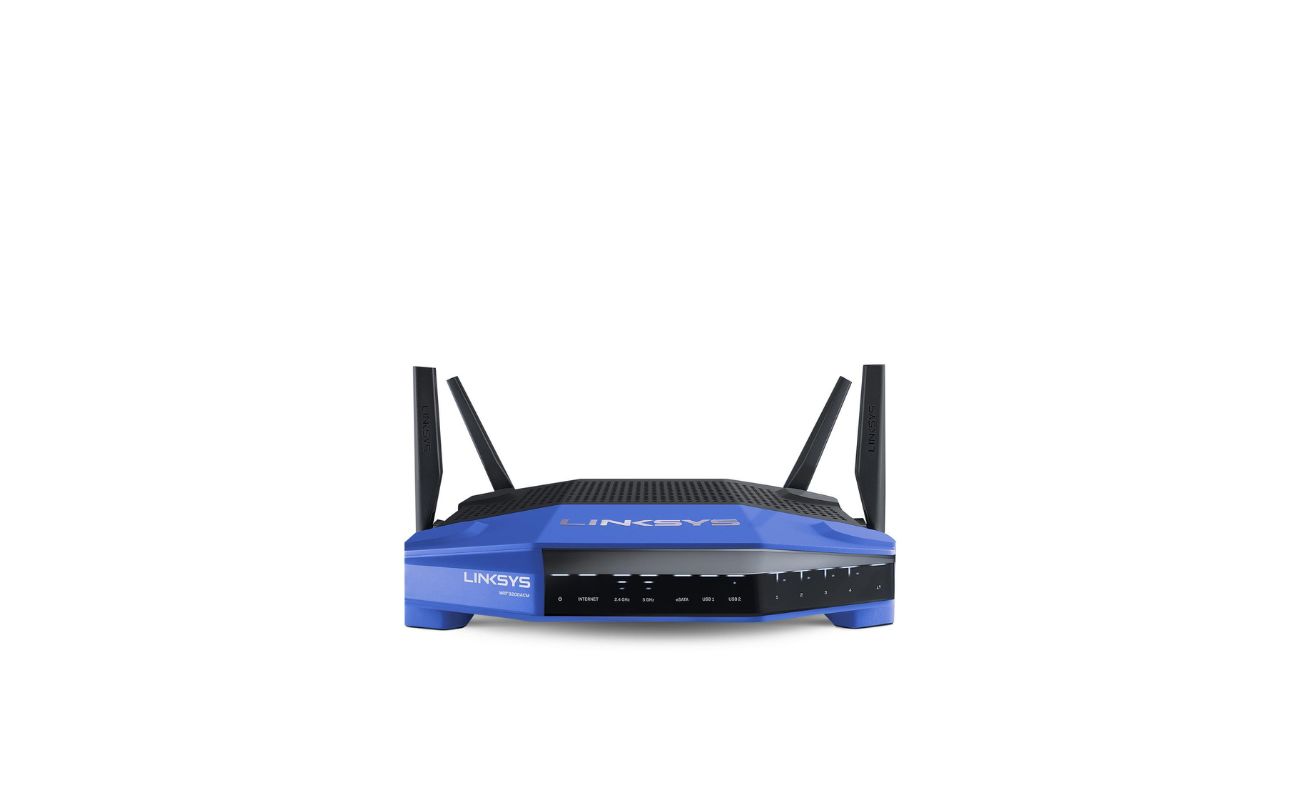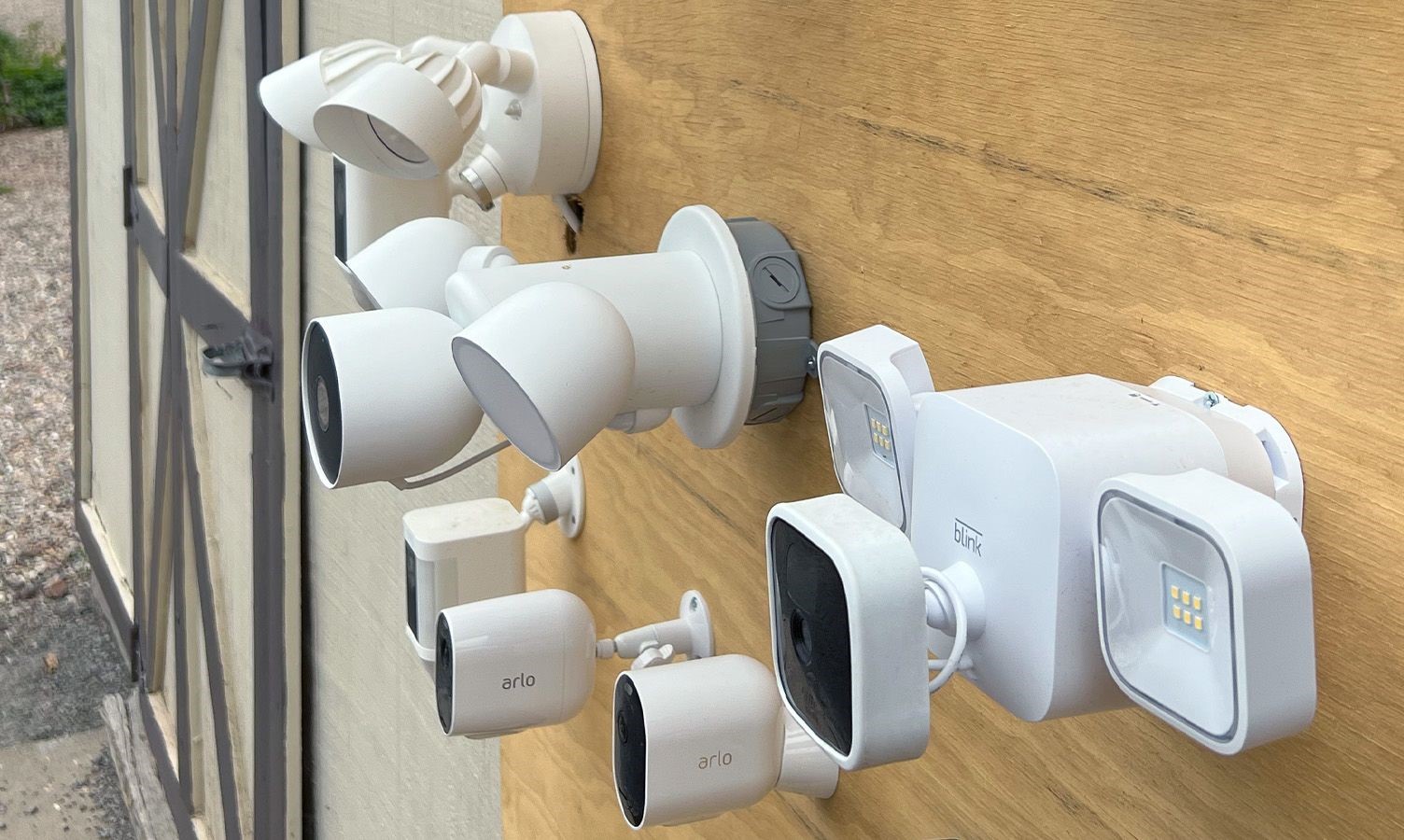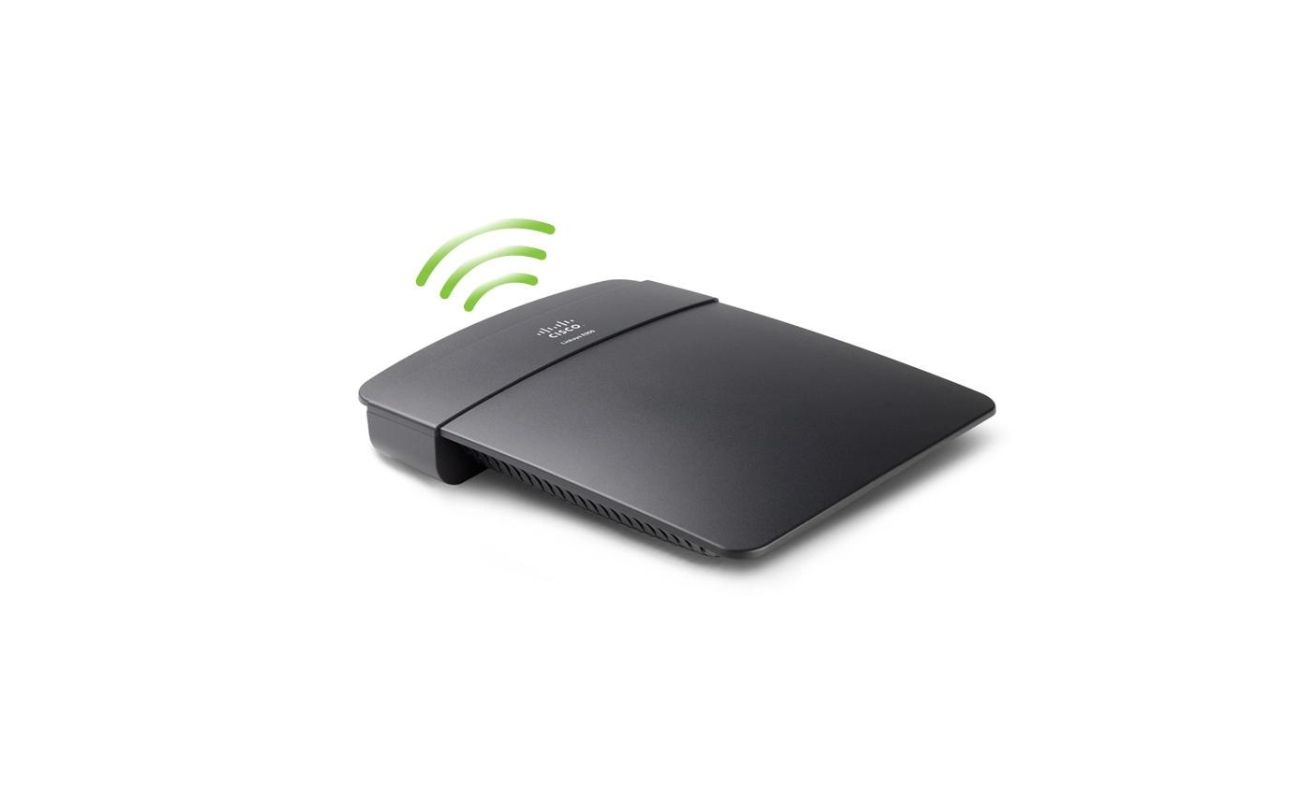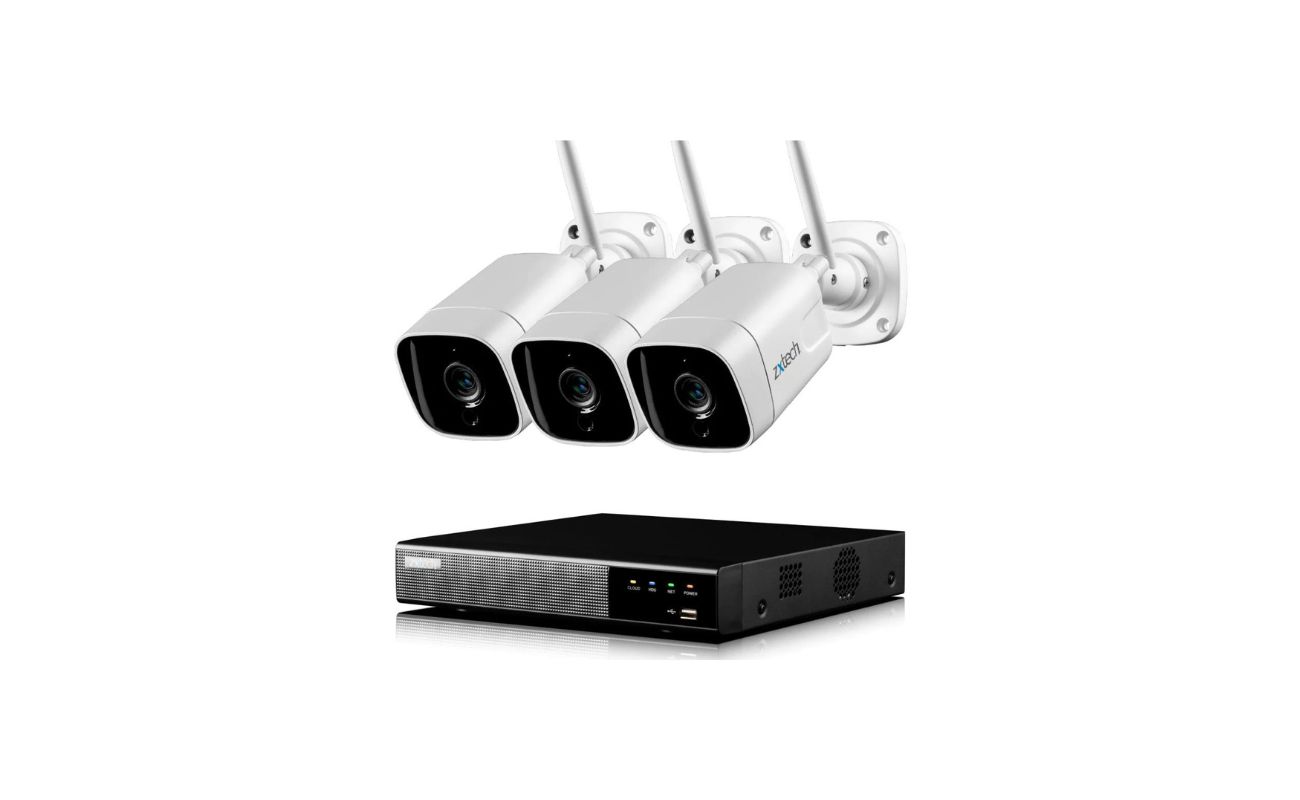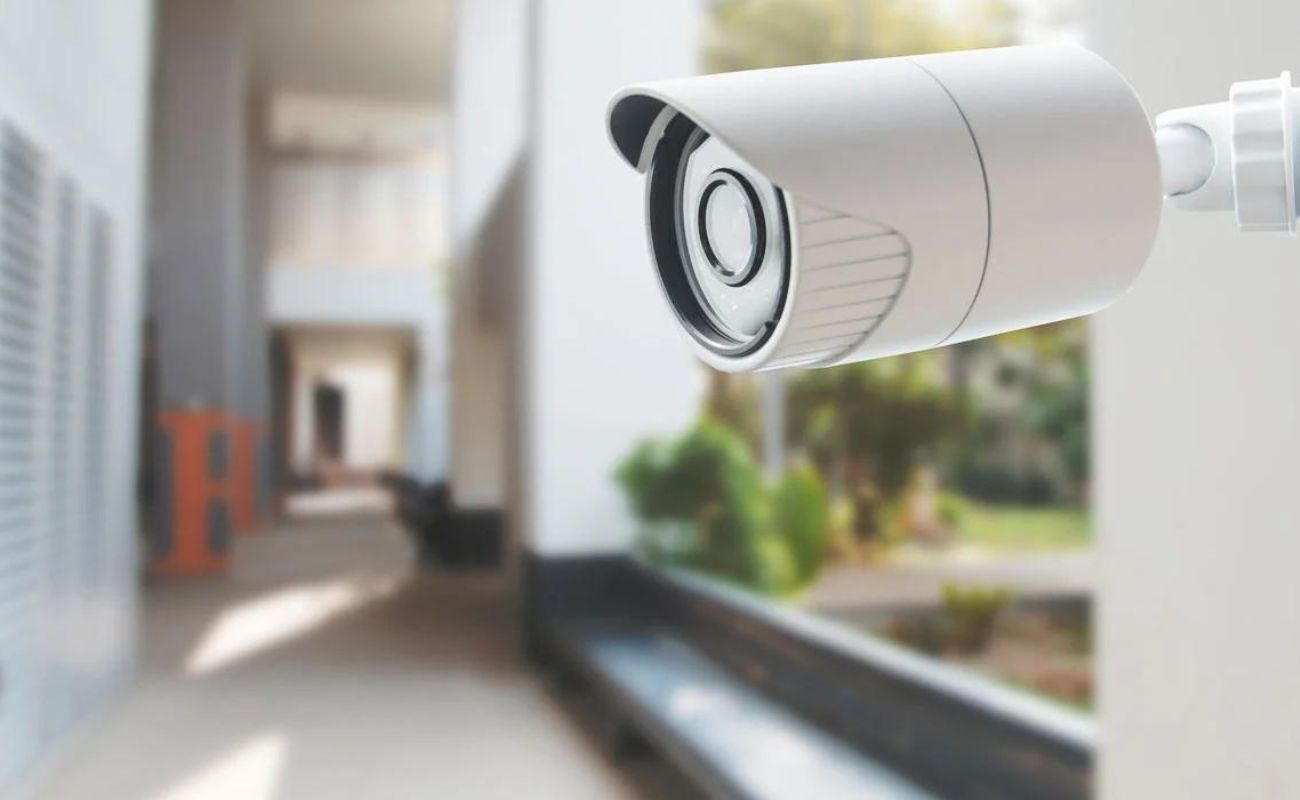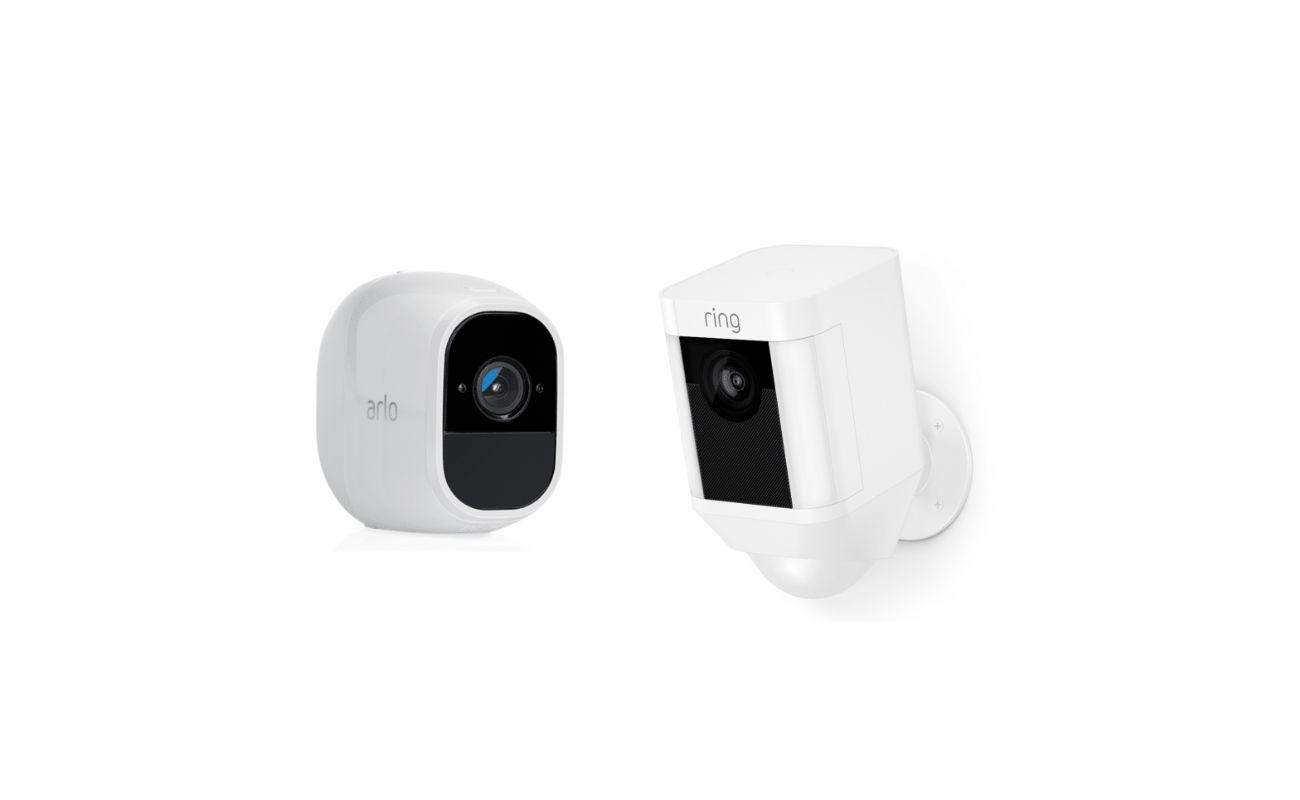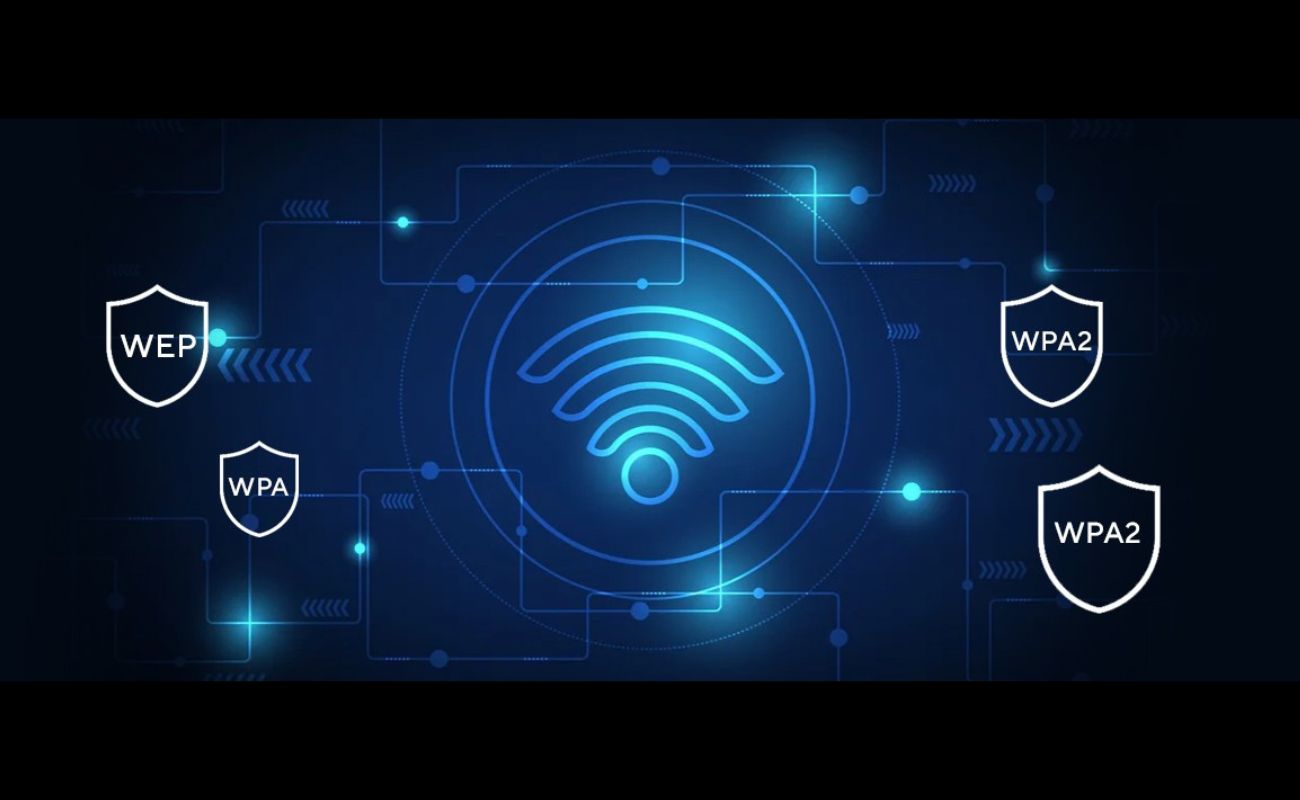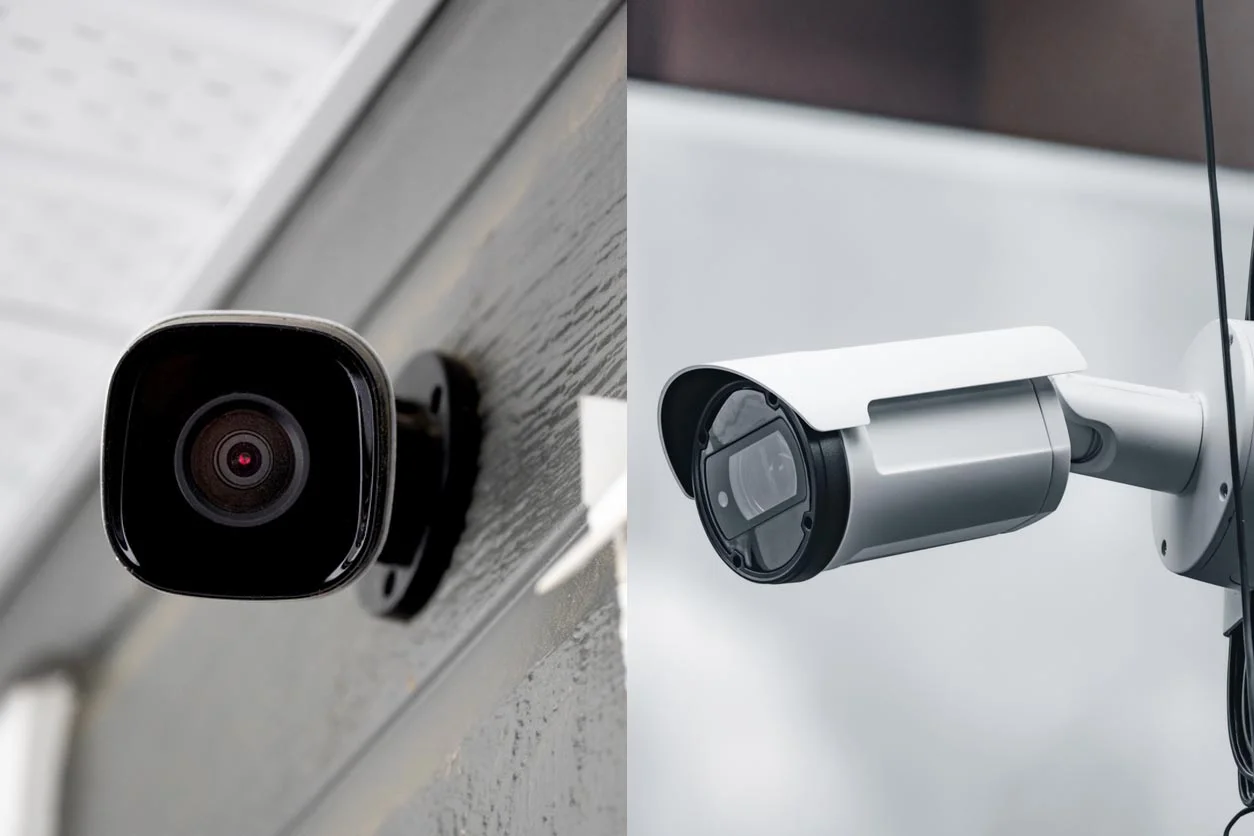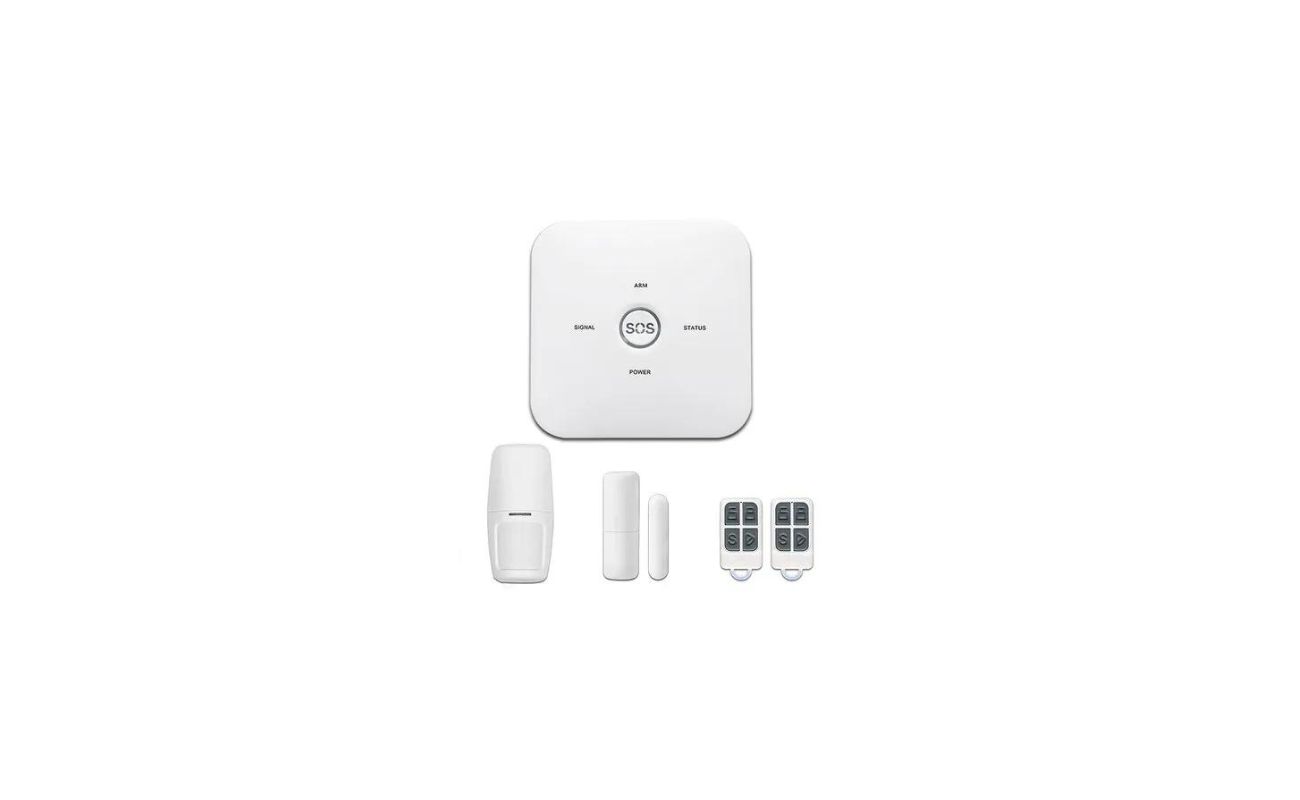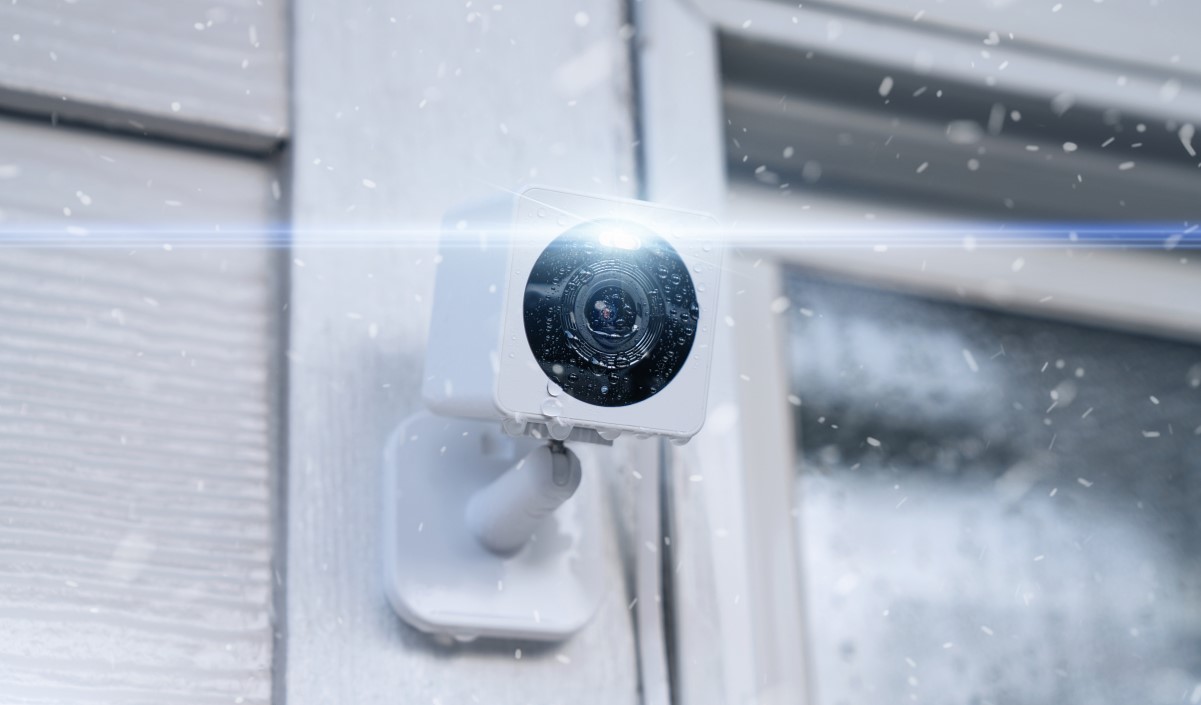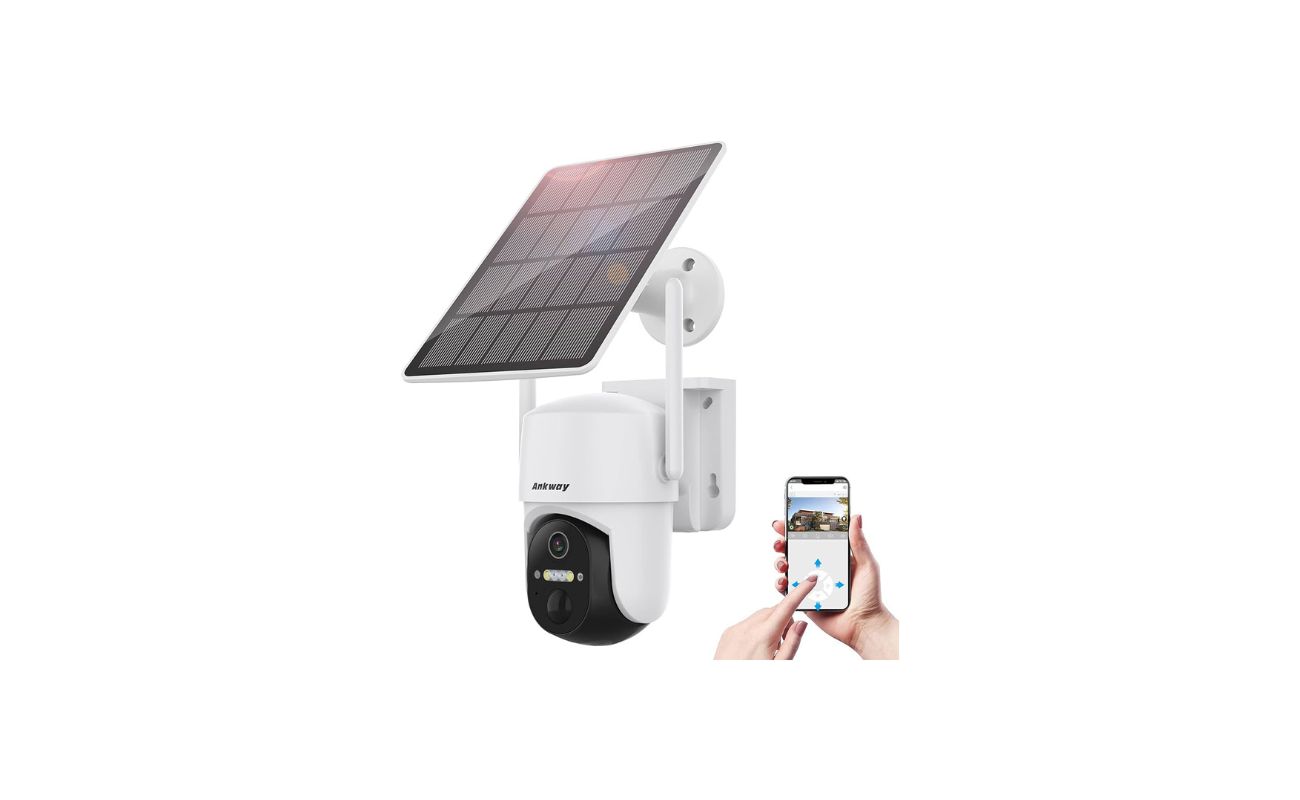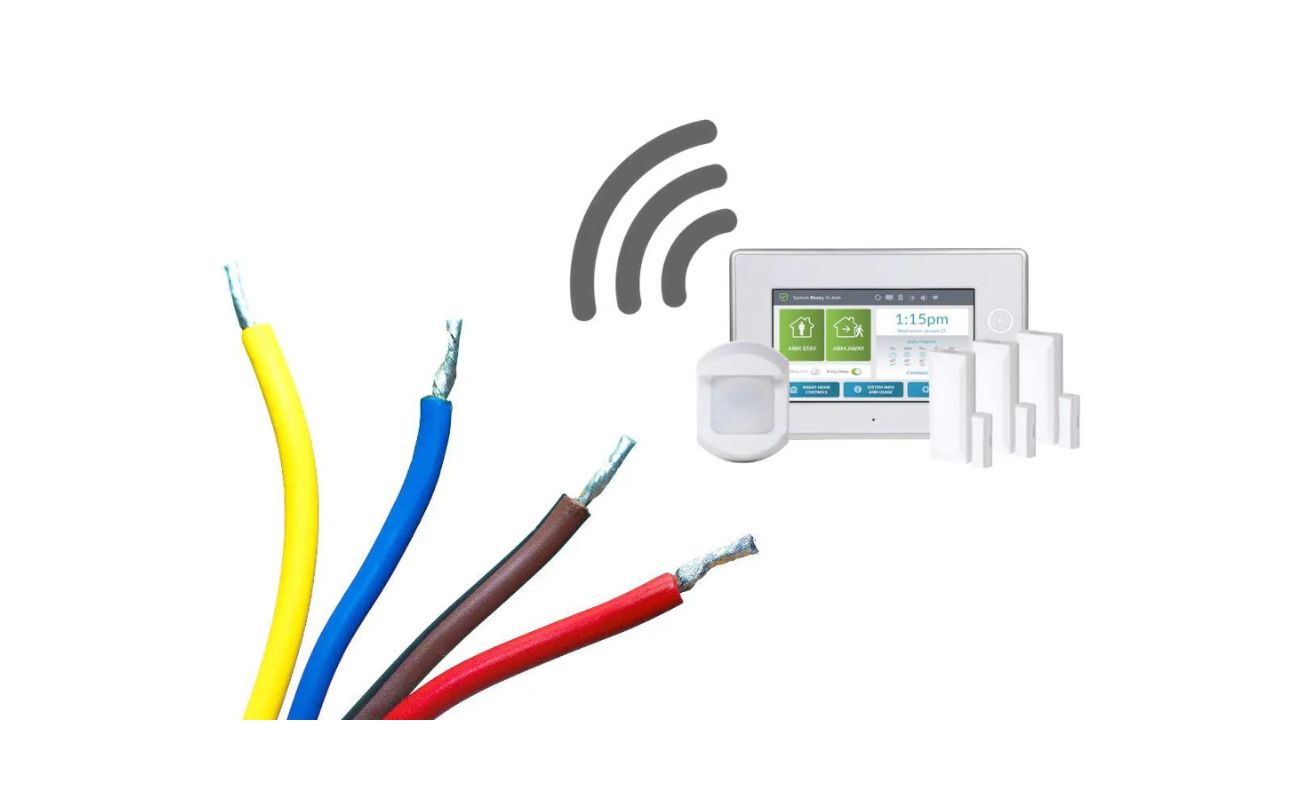Home>Home Security and Surveillance>Which Wireless Security For Linksys
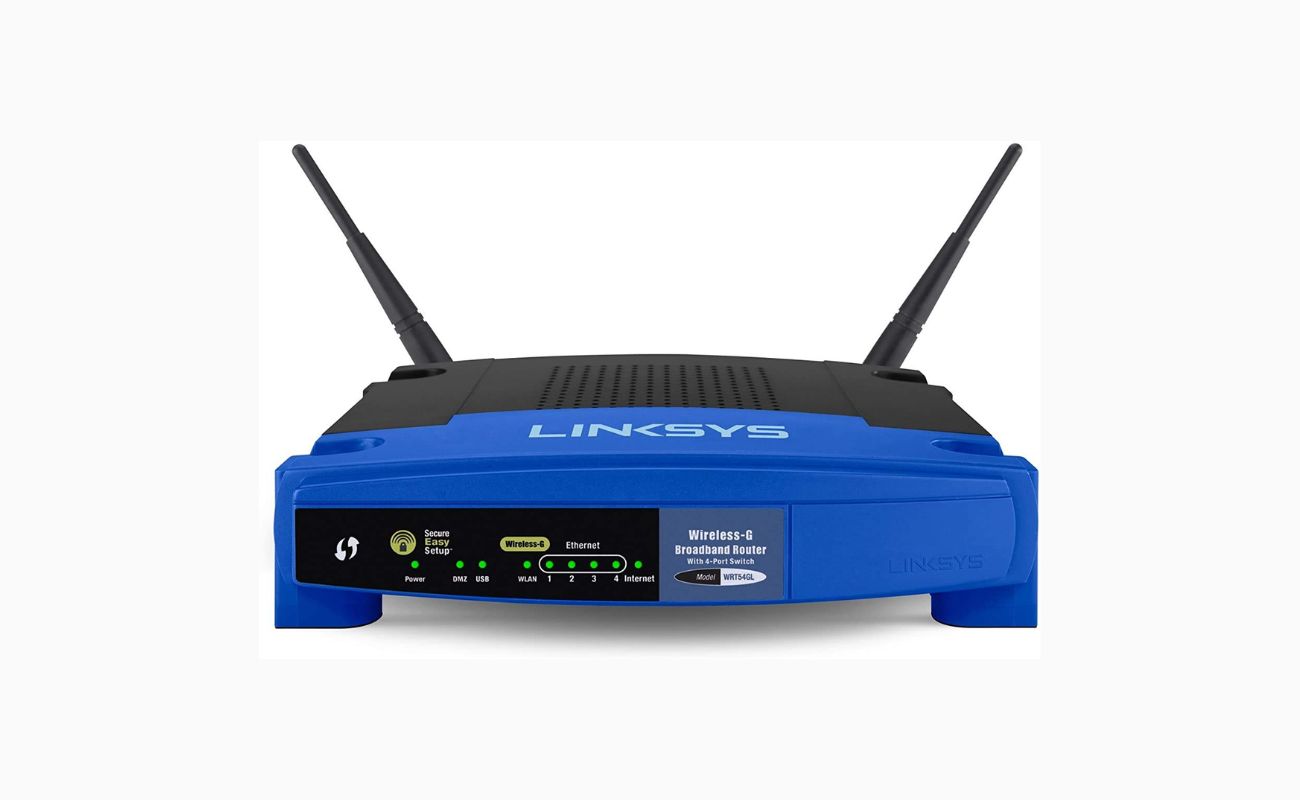

Home Security and Surveillance
Which Wireless Security For Linksys
Modified: March 6, 2024
Discover the best wireless security options for your Linksys home network. Keep your home safe with reliable home security and surveillance systems.
(Many of the links in this article redirect to a specific reviewed product. Your purchase of these products through affiliate links helps to generate commission for Storables.com, at no extra cost. Learn more)
Introduction
Welcome to the world of home security and surveillance! In today’s digital age, it has become imperative to protect our homes and loved ones from potential threats. With the advancement of technology, wireless security systems have gained immense popularity, offering convenience and effective monitoring.
If you are a proud owner of a Linksys router, you have already taken the first step towards securing your home network. However, ensuring the safety of your network requires proper configuration and choosing the right wireless security protocol.
In this article, we will explore the different types of wireless security protocols available for Linksys routers. Understanding these protocols will help you make an informed decision and ensure the highest level of security for your home.
Key Takeaways:
- Choose WPA2 for the highest security
For the best protection of your Linksys router, opt for WPA2. It offers the strongest encryption and advanced security features to keep your home network safe. - Prioritize security and compatibility
When selecting wireless security for your Linksys router, prioritize strong security measures while considering device compatibility. Balance between WPA2’s high security and device capabilities for optimal protection.
WEP (Wired Equivalent Privacy)
WEP, or Wired Equivalent Privacy, was one of the first wireless security protocols introduced to protect wireless networks. It aimed to provide a level of security equivalent to that of a wired network. However, over time, WEP has proven to be highly vulnerable to security breaches.
WEP uses a symmetric encryption algorithm to secure data transmitted over a wireless network. It employs a shared key authentication method, where the same key is used by both the access point (your Linksys router) and the client devices (such as laptops, smartphones, etc.) to encrypt and decrypt the data.
Despite its initial popularity, WEP has several weaknesses that make it susceptible to attacks. One of the major flaws is its use of a 24-bit Initialization Vector (IV), which is relatively short compared to modern protocols. This makes it easier for attackers to crack the encryption key and gain unauthorized access to the network.
WEP also relies on a static encryption key, which means that the same key is used repeatedly. This makes it easier for hackers to decipher the key through brute force attacks or by exploiting vulnerabilities.
Furthermore, WEP does not provide any protection against packet sniffing, where hackers can intercept and capture data packets flowing through the network. This exposes sensitive information to potential eavesdropping.
Due to its vulnerabilities, it is highly recommended to avoid using WEP as the primary wireless security protocol for your Linksys router. Instead, consider upgrading to a more secure and robust protocol such as WPA or WPA2.
WPA (Wi-Fi Protected Access)
Recognizing the security weaknesses of WEP, the Wi-Fi Alliance developed Wi-Fi Protected Access (WPA) as an improved wireless security protocol. WPA aimed to provide stronger data encryption and enhanced security features compared to its predecessor.
WPA implements the Temporal Key Integrity Protocol (TKIP) encryption algorithm, which dynamically changes the encryption key for each data packet transmitted over the network. This helps to address the vulnerability of WEP’s static encryption key.
Additionally, WPA introduced a stronger authentication method called the Extensible Authentication Protocol (EAP). This allows for more secure user authentication, making it harder for unauthorized individuals to gain access to the network.
WPA also reinforced security measures by implementing the Message Integrity Check (MIC), which ensures the integrity of data packets by verifying their authenticity. This adds an extra layer of protection against packet manipulation and tampering.
One notable improvement of WPA is the inclusion of support for the 802.1X authentication framework, also known as WPA-Enterprise. This provides more advanced and secure authentication methods by integrating with an external authentication server, such as a RADIUS (Remote Authentication Dial-In User Service) server. This is particularly beneficial for larger networks with multiple users and devices.
Although WPA provides notable security enhancements over WEP, it is important to note that it is still not as secure as WPA2, the latest wireless security protocol. Therefore, if your Linksys router supports WPA2, it is recommended to choose that over WPA for stronger protection.
WPA2 (Wi-Fi Protected Access 2)
Building upon the foundation of WPA, Wi-Fi Protected Access 2 (WPA2) is the most advanced and secure wireless security protocol available for Linksys routers. It offers stronger encryption and more robust security features to protect your home network.
WPA2 implements the Advanced Encryption Standard (AES) encryption algorithm, which is considered highly secure and virtually unbreakable. AES uses a 128-bit encryption key to encrypt and decrypt data packets, ensuring the confidentiality and integrity of your wireless communications.
One of the most significant improvements of WPA2 over its predecessors is the elimination of the vulnerabilities found in previous protocols. It addresses the flaws and weaknesses of WEP and provides stronger protection against brute force attacks and unauthorized access.
WPA2 also supports the 802.1X authentication framework, allowing for more advanced and secure user authentication. It integrates seamlessly with external authentication servers, providing enhanced security for large networks with multiple users and devices.
Another important feature of WPA2 is the implementation of the Counter Mode with Cipher Block Chaining Message Authentication Code Protocol (CCMP) for data encryption. CCMP provides both data confidentiality and integrity, protecting against unauthorized modifications to the transmitted data.
Furthermore, WPA2 offers additional security features such as pre-shared keys (PSK), which are used for simpler home networks that do not require extensive user authentication. PSK allows you to set a password or passphrase for your network, ensuring that only authorized users can connect.
Considering the security advancements and strong encryption provided by WPA2, it is highly recommended to choose WPA2 as the wireless security protocol for your Linksys router, if available. This will ensure the highest level of security for your home network and provide peace of mind.
When setting up wireless security for a Linksys router, use WPA2 encryption for the best security. This will help protect your network from unauthorized access.
Differences between WPA and WPA2
While both WPA (Wi-Fi Protected Access) and WPA2 (Wi-Fi Protected Access 2) are wireless security protocols designed to secure your Linksys router, there are some key differences between the two. These differences affect the level of security offered and the compatibility with different devices.
Encryption Algorithm: The most significant difference between WPA and WPA2 lies in the encryption algorithm used. WPA uses the Temporal Key Integrity Protocol (TKIP) algorithm, while WPA2 employs the Advanced Encryption Standard (AES) algorithm. AES is more secure and offers stronger encryption compared to TKIP, making WPA2 the preferred choice for enhanced security.
Security Vulnerabilities: WPA2 addresses the vulnerabilities found in WPA, such as the weaknesses in TKIP and the attacks on WEP encryption. WPA2 eliminates these vulnerabilities, providing a higher level of security and protection against unauthorized access and data breaches.
Compatibility: WPA2 is backward compatible with WPA. This means that if your Linksys router supports WPA2, it can still communicate with devices that only support WPA. However, devices that are older and only support WEP or WPA may not be compatible with WPA2. It is important to check the compatibility of your devices before choosing the wireless security protocol.
User Authentication Methods: WPA2 offers more advanced user authentication methods compared to WPA. While both protocols support the use of pre-shared keys (PSK), WPA2 also allows for the integration of an external authentication server using the 802.1X authentication framework. This enables more secure user authentication in larger networks.
Overall Security Level: Due to the differences in encryption algorithms and the elimination of vulnerabilities, WPA2 provides a higher level of security compared to WPA. It is considered the most secure wireless security protocol available for Linksys routers and is recommended for ensuring the utmost protection of your home network.
When choosing between WPA and WPA2, it is important to consider the compatibility of your devices and the desired level of security. If your devices support WPA2, it is recommended to opt for WPA2 for the strongest security measures. However, if you have older devices that only support WPA, it is still a better option compared to using the outdated WEP protocol.
Choosing the Right Wireless Security for Linksys
When it comes to choosing the right wireless security for your Linksys router, it is crucial to prioritize the protection of your home network and the devices connected to it. Here are some factors to consider when making your decision:
Security Level: The primary consideration should be the level of security provided by the wireless security protocol. While WEP may still be available as an option, it is highly recommended to avoid using it due to its well-known vulnerabilities. Instead, opt for either WPA or preferably WPA2, as they offer stronger encryption and better protection against potential attacks.
Device Compatibility: It’s essential to ensure that your devices are compatible with the wireless security protocol you choose. While WPA2 is the most secure option, older devices may only support WPA or even WEP. Take stock of the devices you have and verify their compatibility with the available security protocols on your Linksys router.
User Authentication: Consider the user authentication options provided by the wireless security protocol. If you have a small home network and don’t require advanced user authentication, a pre-shared key (PSK) setup would suffice. However, if you have a larger network with multiple users, integrating an external authentication server using the 802.1X framework with WPA2 would provide an added layer of security.
Network Complexity: If you have a simple home network setup with a few devices, choosing a wireless security protocol with basic features, like WPA-PSK, may be suitable. However, if you have a more complex network or valuable data transmitted over the network, opting for WPA2 with advanced features, such as the integration of an external authentication server, would provide better protection.
Security Updates: Ensure that the wireless security protocol you choose receives regular security updates from the manufacturer. Keeping your router’s firmware up to date is crucial, as it helps address any newly identified vulnerabilities. Check for updates and patches provided by Linksys to ensure the continued security of your network.
Ultimately, the goal is to strike a balance between strong security measures and device compatibility. While WPA2 is the recommended choice for the highest level of security, it is essential to assess the capabilities of your devices and the complexity of your network to make an informed decision.
Remember, securing your Linksys router is only one aspect of a comprehensive home security strategy. It is also important to have strong passwords, regularly update your firmware, and enable additional security features like firewalls and antivirus software to safeguard your network from potential threats.
Conclusion
Securing your home network is of paramount importance in today’s digital age, and choosing the right wireless security for your Linksys router is a critical step towards achieving that goal. By understanding the different wireless security protocols available and their unique features, you can make an informed decision to protect your network and devices.
While WEP may have been popular in the past, it is highly vulnerable to security breaches and no longer recommended as a primary wireless security protocol. Instead, opt for WPA or, preferably, WPA2 for stronger encryption and improved protection against unauthorized access.
WPA2, with its robust security features and advanced encryption algorithm (AES), offers the highest level of security for your Linksys router. It addresses the vulnerabilities found in previous protocols and provides stronger protection against attacks and data breaches.
When choosing the right wireless security for your Linksys router, consider factors such as device compatibility, user authentication methods, network complexity, and the availability of security updates. Finding the right balance between security and compatibility will help ensure the optimal protection of your home network.
Moreover, securing your Linksys router is just one part of a comprehensive home security strategy. It is essential to regularly update your router’s firmware, use strong passwords, and enable additional security features, such as firewalls and antivirus software, to fortify your network against potential threats.
By taking these precautions and staying informed about the latest security practices, you can establish a safe and secure home network that protects your sensitive data and ensures the privacy of your digital activities.
Remember, home security is a continuous effort, and it is vital to stay vigilant and proactive in safeguarding your network. With the right wireless security for your Linksys router, you can have peace of mind knowing that your home and loved ones are protected from potential threats in the digital realm.
Frequently Asked Questions about Which Wireless Security For Linksys
Was this page helpful?
At Storables.com, we guarantee accurate and reliable information. Our content, validated by Expert Board Contributors, is crafted following stringent Editorial Policies. We're committed to providing you with well-researched, expert-backed insights for all your informational needs.
